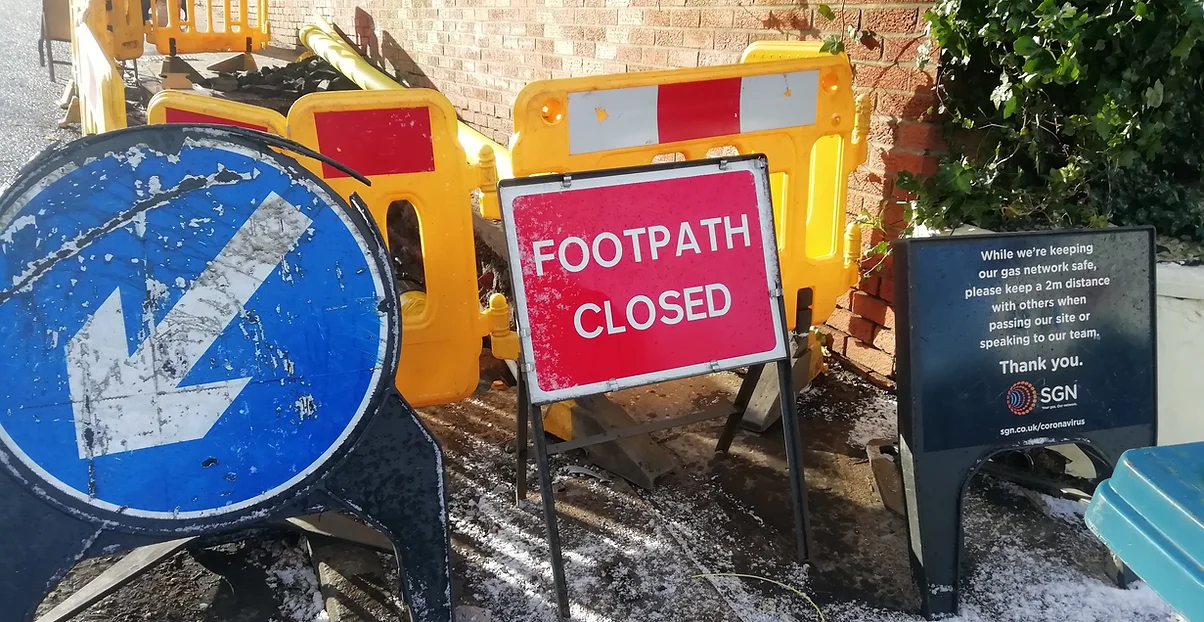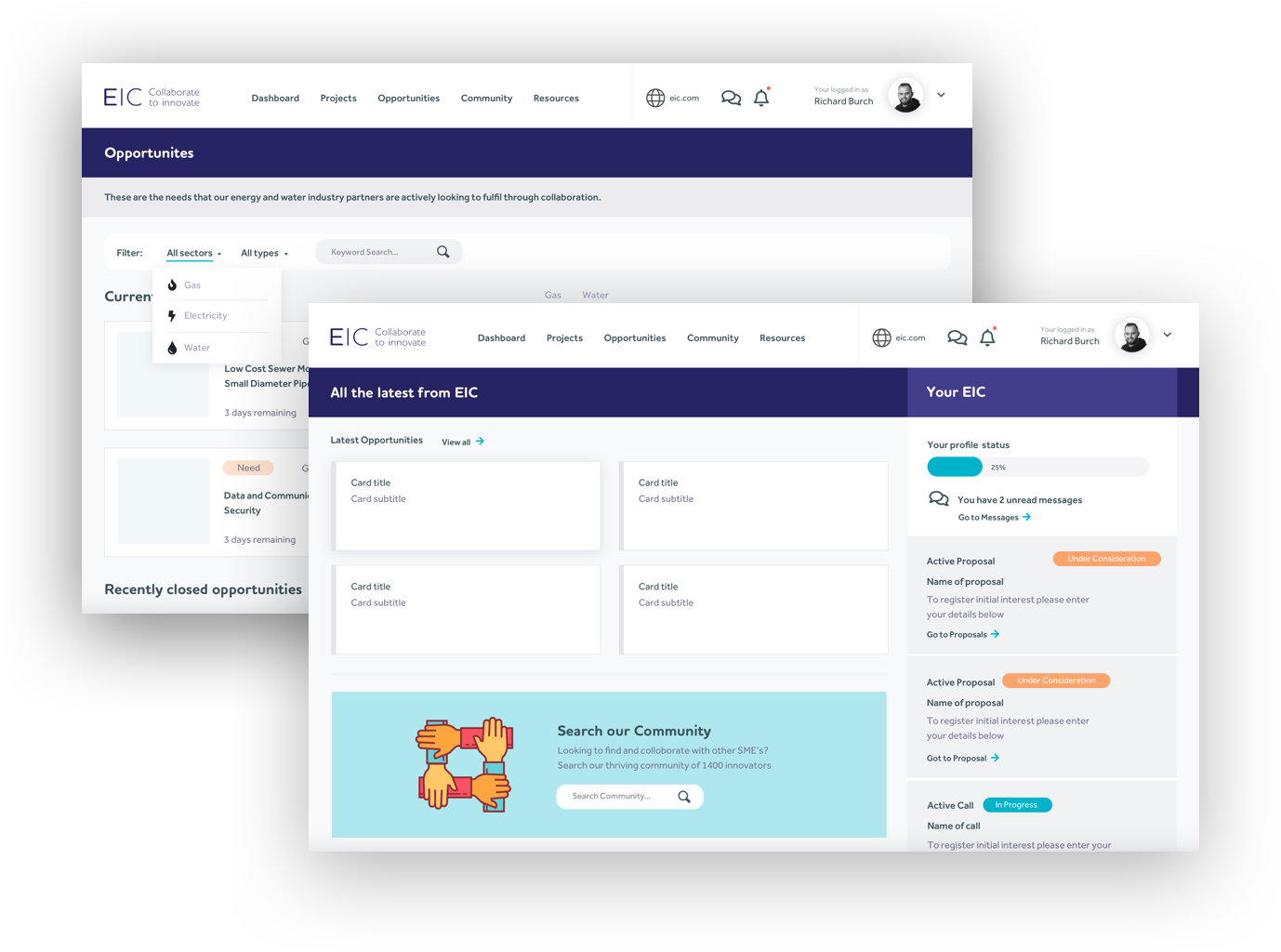CASE STUDY
SYNAPS
Synchronous Analysis & Protection System
Key benefits/themes:
Customer, Health & Safety, Financial, Efficiency
Project partners:
Lucy Electric (previously Powerline Technologies), Scottish & Southern Electricity Networks (SSEN) and UK Power Networks.

The Challenge
The majority of faults on the low voltage (LV) network are caused by gradual degradation of underground feeder cables. As the cables age and the insulation layers deteriorate, moisture permeates into the cable, causing momentary short circuits between the conductors, and generating an arc current which often vaporises the water and clears the fault. These faults are known as ‘transient faults’ and they are invisible.
As the cables degrade further, the arc current may increase sufficiently to cause a fuse to blow or LV protection to activate, causing a power outage. If the fuse is replaced, the fault will appear to have cleared. However, the underlying fault will remain, meaning that the fuse will blow again, giving rise to an ‘intermittent fault’.
Eventually, fuse replacement will not clear the fault and the fault becomes permanent. These faults account for a significant proportion of LV network costs and Customer Minutes Lost (CML).
The Solution
The SYNAPS (Synchronous Analysis and Protection System) solution will potentially enable significant reductions in the cost of LV network operation for DNOs, replacing expensive and manpower-intensive activities with automated processes.
The detection and location of faults at an early stage, including early ‘transient faults’ before they become permanent, will facilitate proactive, planned interventions, rather than expensive, reactive emergency action.
Faults can be detected, classified and located before a fuse failure, giving the DNO the opportunity to repair a fault before, or immediately after, the first fuse failure.
The SYNAPS solution will be deployed in substations and feeder link-boxes, feeder pillars or pot-ends. It applies innovative Artificial Intelligence (AI), machine/deep learning algorithms to power waveforms to detect and classify fault events.
Project Partners
SYNAPS is a collaborative NIA funded project between Lucy Electric (previously Powerline Technologies), Scottish & Southern Electricity Networks (SSEN) and UK Power Networks.
During the successful early phases of the project, innovator, Powerline Technologies, was acquired by Fundamentals and more recently, the SYNAPS technology was acquired by Lucy Electric.
This latest phase is a continuation of the NIA funded Phase 1 project, which began in June 2018. SYNAPS Phase 1 project completed at TRL 6 and Phase 2, which is due to complete in March 2024, aims to take the technology to TRL 7-8.
The EIC has supported the development of this technology right from the start when a proposal was submitted to the networks in 2013.
The EIC went on to facilitate the collaboration between Scottish & Southern Electricity Networks and UK Power Networks. It has also supported the development of a project plan and a legal contract agreement in accordance with the NIA framework. Following go live, the EIC has facilitated monthly project meetings to ensure successful progression and risk mitigation
The Project
The final 12 months of the project will focus on the following two trials to improve confidence in the performance of the solution and readiness for BAU:
Basic Fault Location (4-6 months duration), which will be based around two sets (four units) of the existing generation of prototype sensors.
Advanced Fault Location (6-9 months duration), which will be based around ten sets of next generation sensors with the addition of twenty pre-commercial multi-feeder sensors on the SSEN network.


The trials will further improve and demonstrate that the technology can enable DNOs to significantly reduce the cost of LV network operations.
Learnings captured from SYNAPS sensors installed at SSEN and UKPN sites indicate significant improvements in calibration, installation and commissioning processes.
Using data available from installations, fault locations are being modelled and monitored. Excavations have also been completed at some of these sites to validate the cause of the fault independently using the test laboratory, RINA.
SYNAPS is already improving our service and benefitting
our customers through a more reliable network at lower cost
- Stewart Reid, Head of Future Networks, Scottish & Southern Electricity Networks
The Impact
Customers
SYNAPS could assist in lowering the number of power outages or disruptions experienced by customers due to preventive maintenance activities.
Efficiency
Through accurate location and improved visibility of substation and link box status, fewer site visits will be required.
Health and safety
The solution will reduce the likelihood of faults escalating into hazards e.g. ‘exploding pavements’ and fewer power outages. Better network visibility will lead to safer network operation.
Financial
Through active monitoring, the networks will be able to proactively repair intermittent faults, leading to reductions in CI/CMLs. This will also assist with improving long-term planning and effective resource allocation.
The Project
The final 12 months of the project will focus on the following two trials to improve confidence in the performance of the solution and readiness for BAU:
Basic Fault Location (4-6 months duration), which will be based around two sets (four units) of the existing generation of prototype sensors.
Advanced Fault Location (6-9 months duration), which will be based around ten sets of next generation sensors with the addition of twenty pre-commercial multi-feeder sensors on the SSEN network.

The trials will further improve and demonstrate that the technology can enable DNOs to significantly reduce the cost of LV network operations.
Learnings captured from SYNAPS sensors installed at SSEN and UKPN sites indicate significant improvements in calibration, installation and commissioning processes.
Using data available from installations, fault locations are being modelled and monitored. Excavations have also been completed at some of these sites to validate the cause of the fault independently using the test laboratory, RINA.

The Impact
Customers
SYNAPS could assist in lowering the number of power outages or disruptions experienced by customers due to preventive maintenance activities.
Community engagement
Improved engagement between network operators and third parties like community groups and charities.
Health and safety
Potential to reduce the number of incidents for customers when navigating street works. Learnings from the project have also enabled recommendations for changes or updates to existing regulations.
Financial
Improved guidance in working around street works thus reducing instances of fines for networks.
The Impact
Customers
Improvements in accessibility and safety around street works, particularly for customers in vulnerable situations.
Community engagement
Improved engagement between network operators and third parties like community groups and charities.
Health and safety
Potential to reduce the number of incidents for customers when navigating street works.
Financial
Improved guidance in working around street works thus reducing instances of fines for networks.
Next steps
SYNAPS Phase 2 has been recently extended by 12 months to allow further development of the solution's AI machine/deep learning algorithm and improve available learnings from the Advanced Fault Location trials already underway. This is expected to support the successful transition of the solution into BAU.

Download a PDF copy of this case study
Please enter your email and we'll send a copy to you.
Access to the latest opportunities in the industry
Funding support and guidance
Connect and collaborate with innovators in the industry

Sign up to our energy innovation hub to take advantage of the benefits and see our innovation opportunities
Access to the latest opportunities in the industry
Funding support and guidance
Connect and collaborate with innovators in the industry

Sign up to our energy innovation hub to take advantage of the benefits and see our innovation opportunities

